How To Get Backup From Google Drive To Iphone
iCloud vs Google Drive: Which cloud service is better?

If you're a creative who designs and edits amazing content, you likely already know how important a cloud storage platform is. They enable you to access your files from any device and protect your work in case of data loss.
You're also already likely to be familiar with two of the best cloud storage platforms today: Apple iCloud and Google Drive. These two cloud storage platforms are among the most popular for people working in creative industries.
But which one is better? And which platform should you store your all-important work on? Fortunately, we've done the research and can now confidently provide an answer.
In our iCloud vs Google Drive review, we'll put these two top-quality cloud storage platforms to the test and ask: Which is the best platform for creatives?
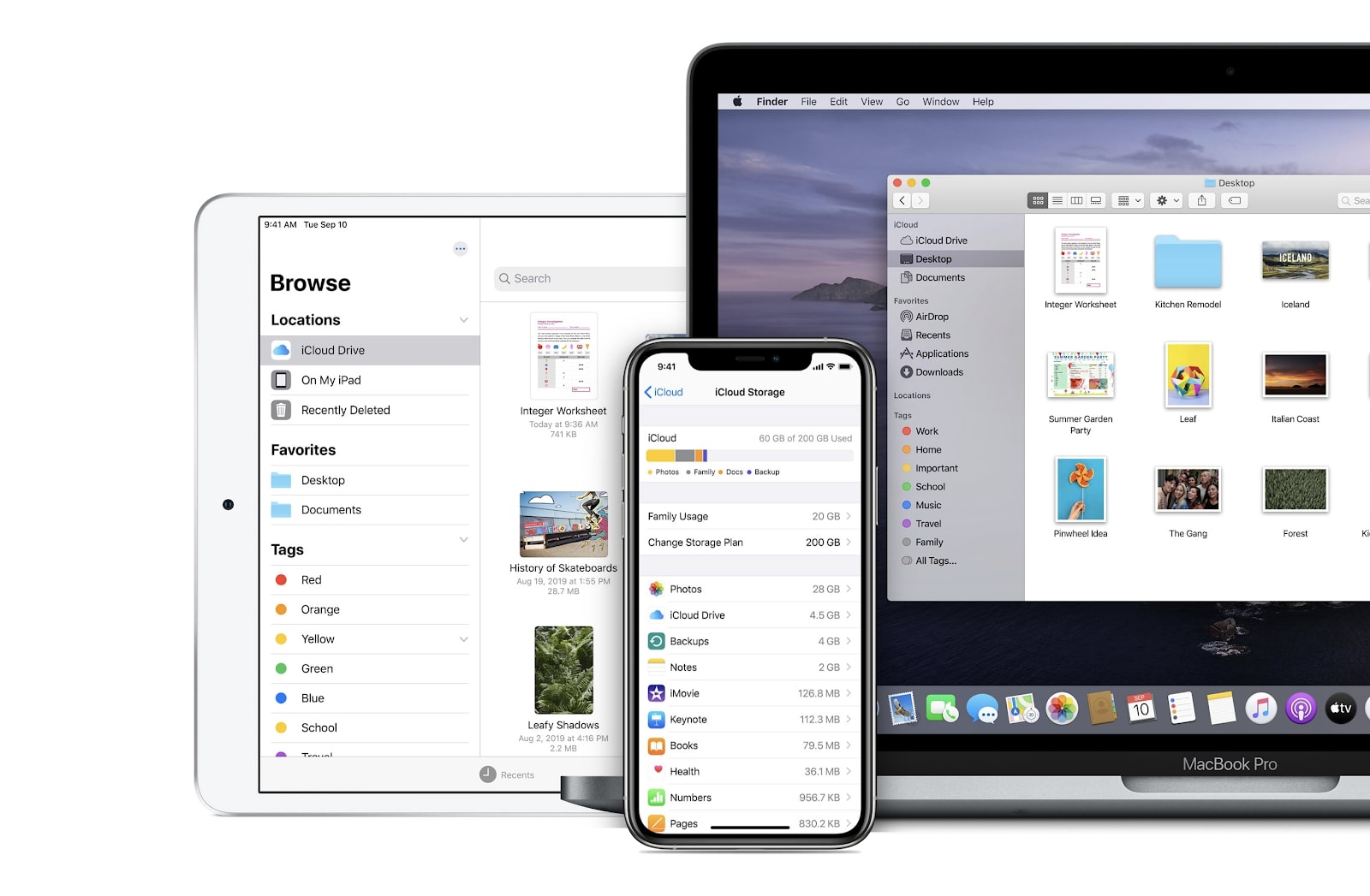
iCloud vs Google Drive: Features
iCloud and Google Drive share many common features. These include integration with productivity apps, device backup and sync, family sharing, file versioning, and custom file and folder links.
Both platforms can also be integrated with the Adobe Creative Cloud suite as well as other creative suites such as Affinity. Personally, however, we find Google Drive works best with these third-party suites.
In fact, there's very little to distinguish the two platforms when it comes to the nitty-gritty of storage-related features. However, we do like that Google Drive enables you to log into several accounts and swap between them easily. This is ideal if you're a freelancer or anyone working with more than one organization or volunteer group.
Google Drive also offers better collaborative features, such as shared drives. This makes the platform more suitable for creatives who are constantly co-designing with colleagues and pitching content to clients. On this basis, we give Google Drive a slight win.
However, before moving on, we need to consider each platform's security features.
iCloud is the more secure platform, although Google Drive has made several necessary steps forward recently. Both platforms enable you to use multi-factor authentication, which we highly recommend.
Almost all data stored on iCloud's servers is encrypted both in transit and at rest to 128-bit AES standard. There are also several data categories (iCloud Keychain/iCloud tabs and Safari History/Wi-Fi passwords) that are encrypted from end-to-end.
Google also encrypts data both in transit and at rest, but offers no end-to-end encryption. This means that data stored on the platform could, in theory, be accessed by Google employees or anyone that Google provides your data to, including law enforcement. Unfortunately, Google's ambiguous privacy policy isn't particularly reassuring.
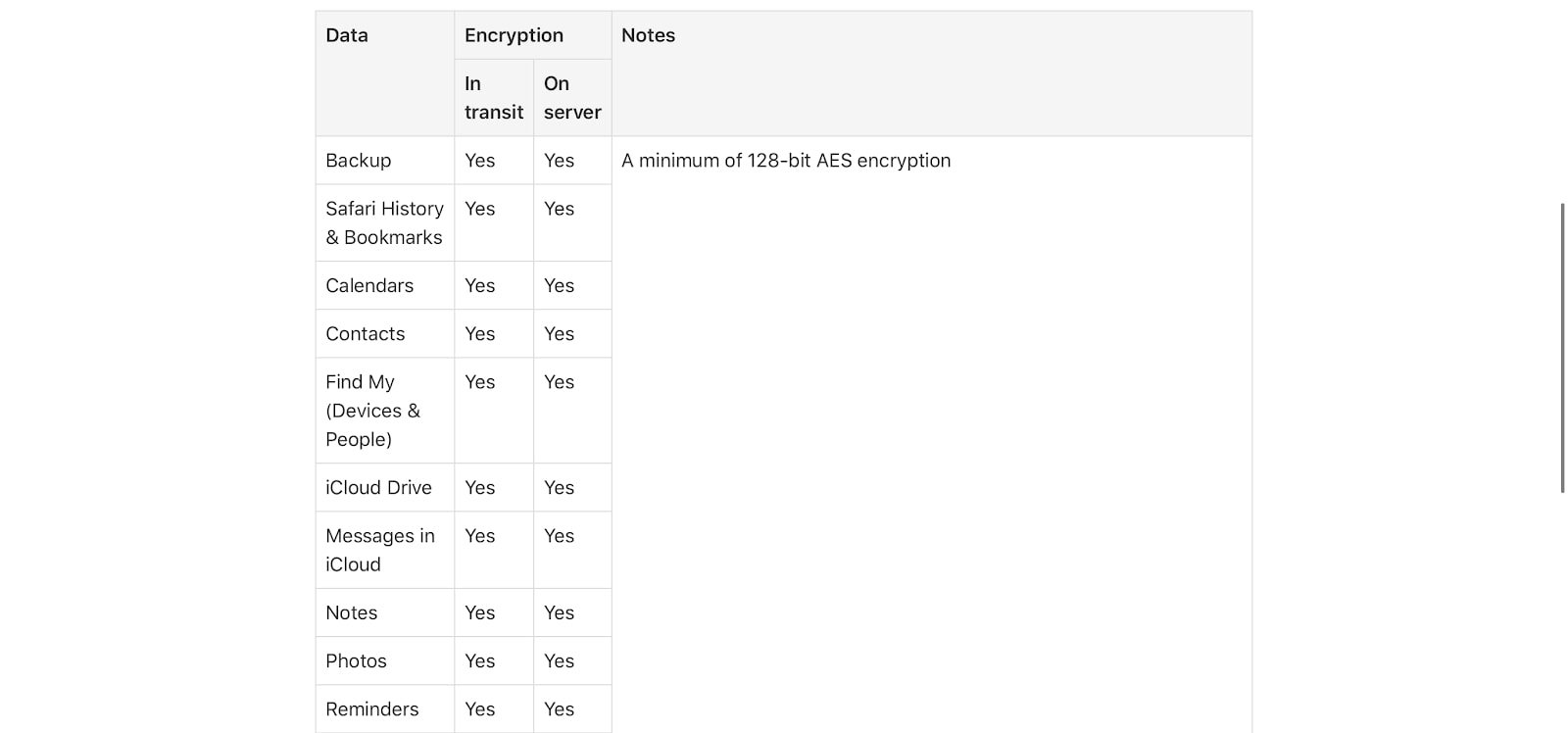
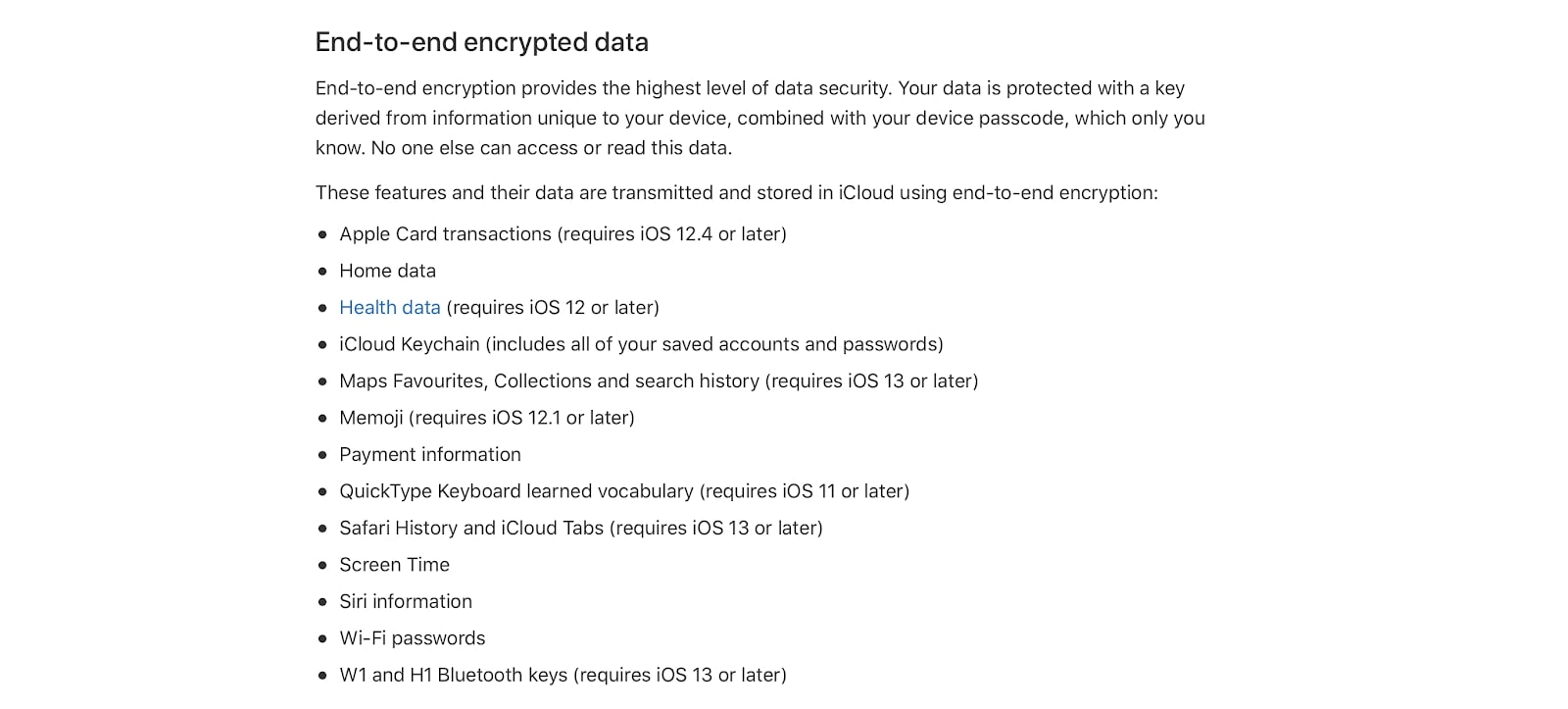
iCloud vs Google Drive: Performance
Google Drive is, overall, the more compatible and widely supported of the two platforms. Apps are available for the platform iOS, macOS, iPadOS, Windows, and Android. Google Drive's web app is also the best we've seen. It is intuitive to use and responsive even in poor network conditions, and we frequently use it in place of the desktop and mobile apps. In short, Google Drive is equally at home on both Apple and Windows devices.
Contrastingly, and perhaps unsurprisingly, Apple iCloud is most at home on iOS, macOS, and iPadOS devices. This is because the platform is fully integrated into these operating systems and functions almost entirely in the background. From an Apple or iCloud-enabled device, it ensures all your data is secure and available when you need it.
Unfortunately, iCloud struggles beyond the Apple ecosystem. The platform's apps are great for working with other Apple users but struggle as soon as a PC is thrown into the mix. And despite it being possible to download iCloud clients for Windows and Android devices, using them is a clunky and, at times, frustrating experience.
If your primary devices are not Apple products, we think iCloud is a much less appealing option.
Finally, we think Google Drive is the more reliable provider across all platforms. It rarely crashes and can handle heavy usage even when connection speeds are low and you're running many applications at once.
Therefore, in this category, it's Google Drive that comes out ahead.
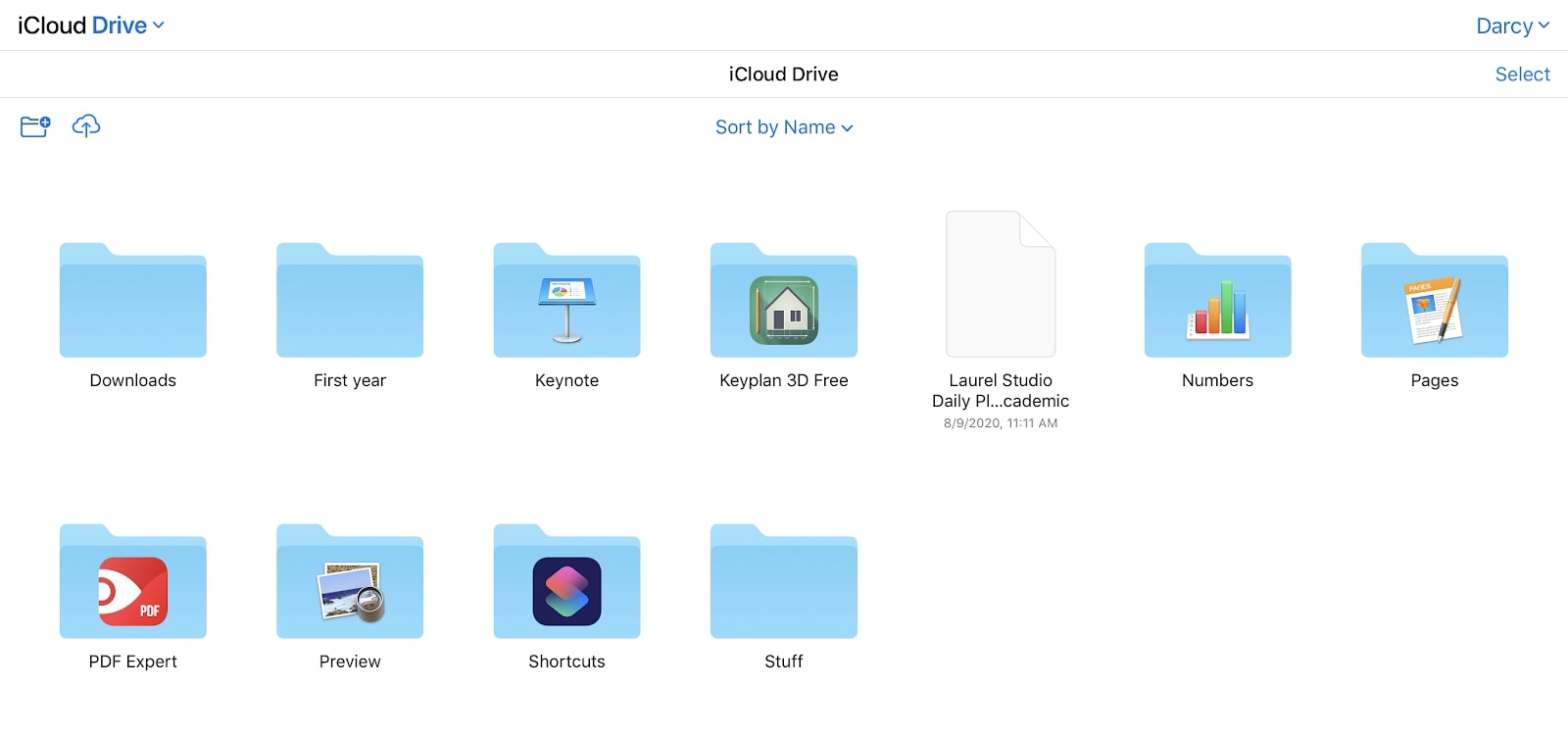

iCloud vs Google Drive: Support
If any issues arise while using either of these cloud storage platforms, you can be confident you're in safe hands. Both Apple and Google are renowned for top-quality support sites and accessible customer representatives.
How-to guides, community forums, expert articles, and video tutorials are common to both iCloud and Google Drive, and there really isn't much to separate them. We give Google the win, however, because trying to speak to a real person with Google was more straightforward. It took us only two minutes to reach Google compared to 30+ minutes for Apple.
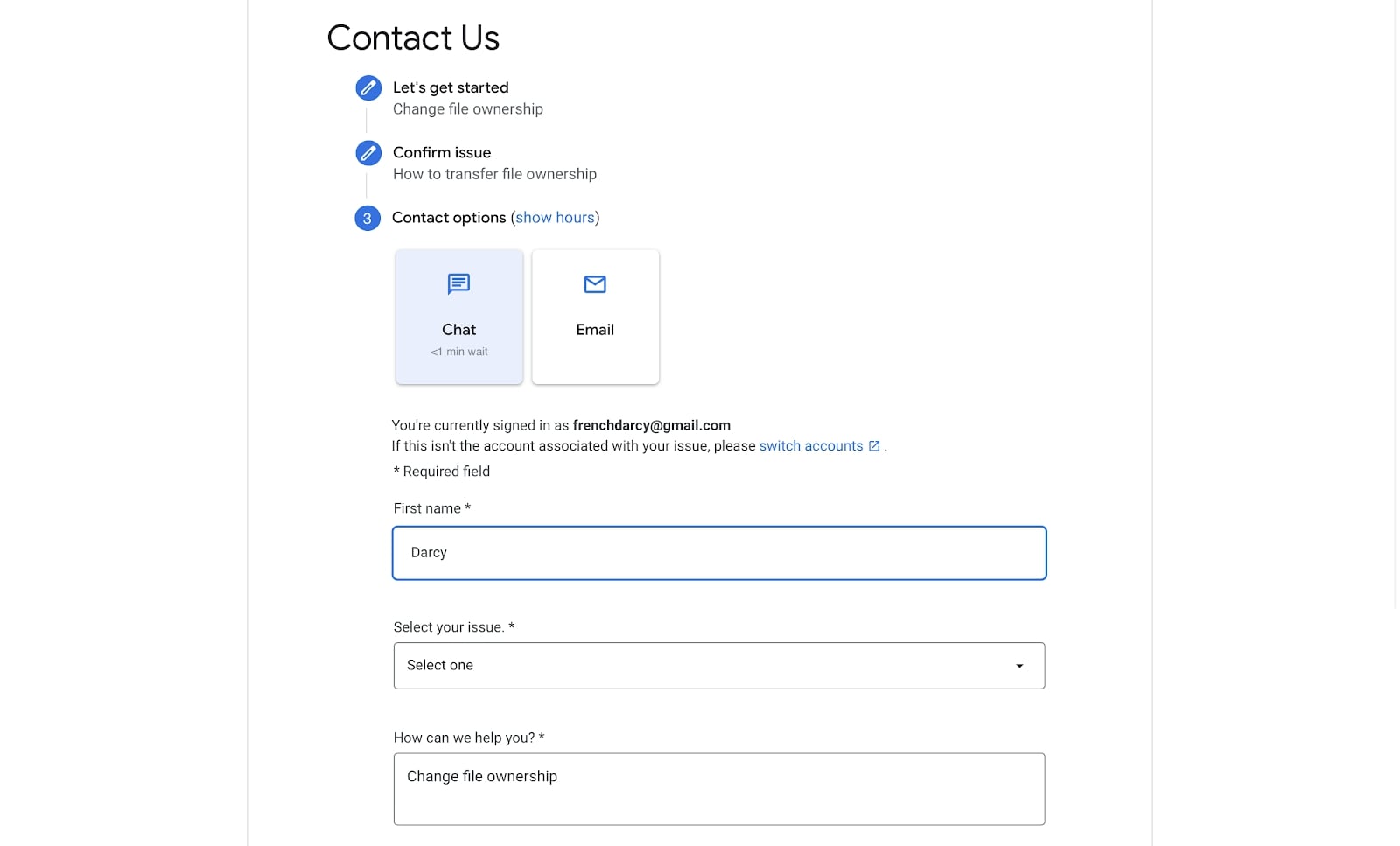
iCloud vs Google Drive: Pricing and plans
Google provides 15 GB of free storage to all users, while Apple offers only 5 GB. However, if you plan to store anything above and beyond the bare essentials, you'll need to upgrade to a higher capacity plan.
iCloud's most affordable plan provides the user with 50 GB of additional storage for a total of 55 GB. It costs $0.99 per month. Google Drive's most affordable plan costs $1.99 per month, but provides the user with 100 GB of space.
A 200 GB storage plan costs exactly the same on both platforms at $2.99 per month.
The situation is the same at the high-capacity end of the spectrum. 2 TB of storage costs $9.99 per month on both Apple iCloud and Google Drive.
What all this means is there is very little to separate the two platforms when it comes to pricing, and both platforms are very affordable.
Google gets the points, however, for three reasons. Firstly, a 16% discount is offered if you pay annually rather than monthly. Apple provides no comparable discount. Secondly, Google's 15 GB of included storage means it is marginally cheaper than iCloud on a per-GB basis. And finally, all of Google's plans can be shared with your family, whereas with iCloud, only the 2TB plan can be sharted.
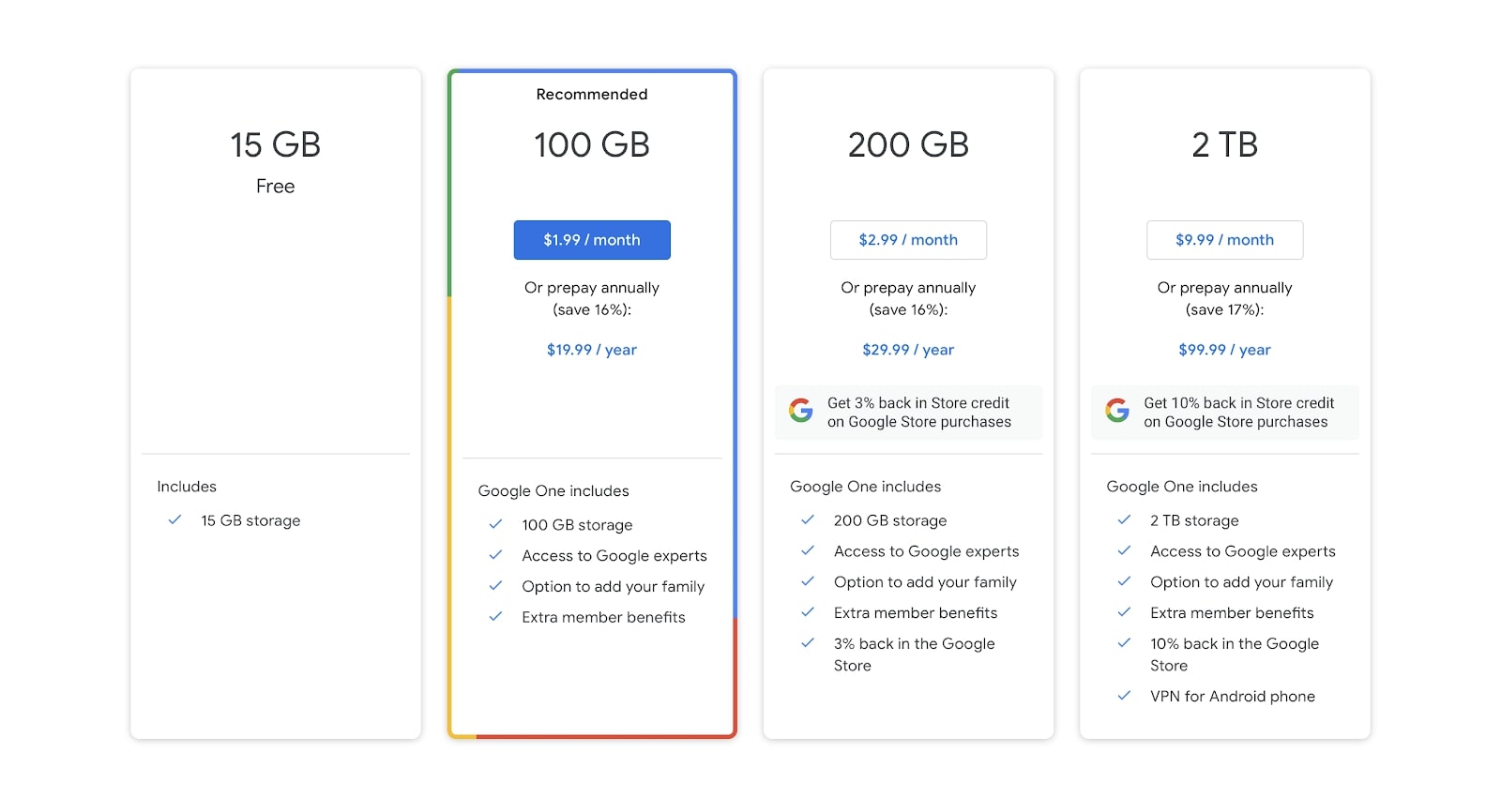
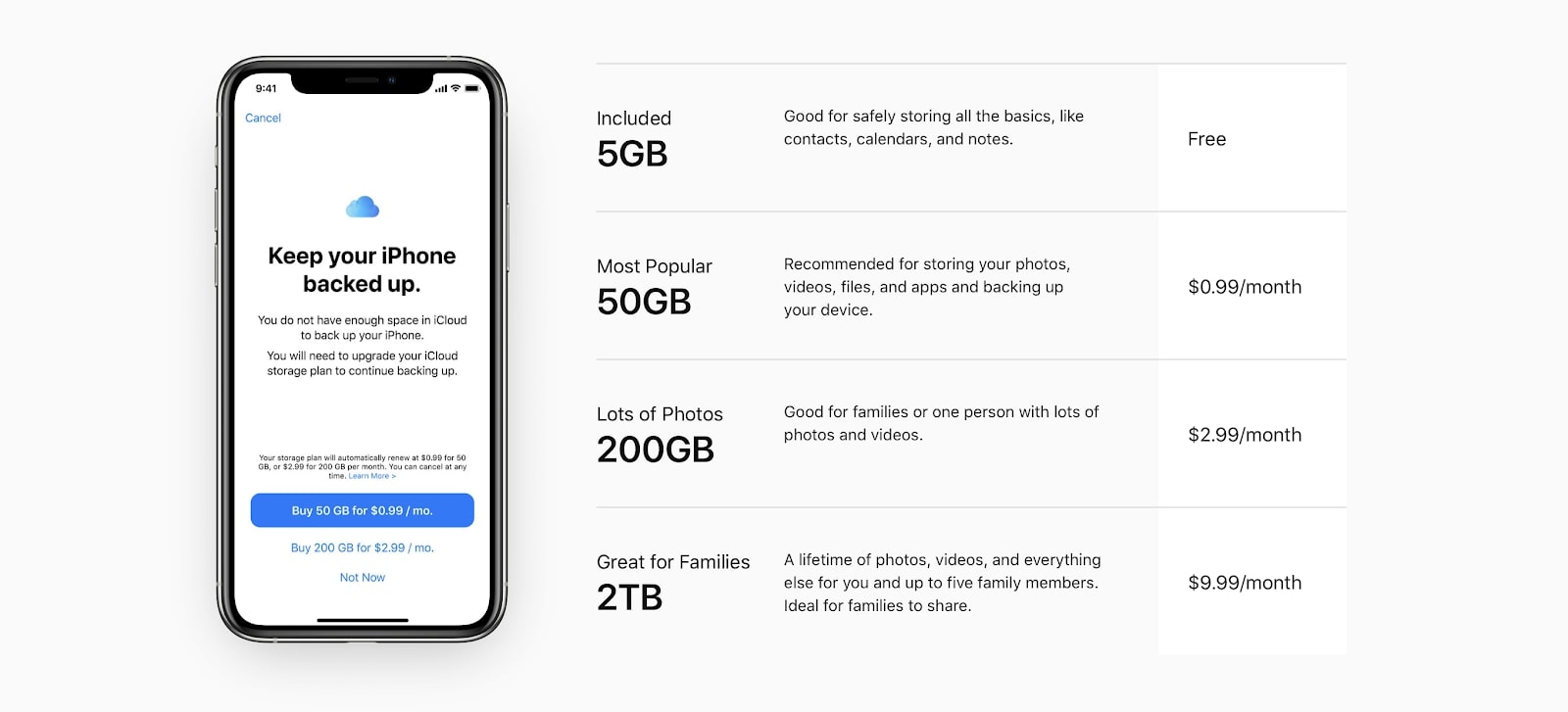
Verdict
We think that, on balance, Google Drive is a better platform for creatives. It works seamlessly across all devices and boasts a best-in-class web app. We also are worried that iCloud will pose compatibility issues for creatives who use Windows devices.
Although Google Drive might not be as secure as iCloud, we're not too concerned. This is because it will only be a major issue if you work in a highly data-sensitive industry, which won't apply to most creative industries. After our thorough analysis, we think Google Drive is a better choice than Apple iCloud for creatives.
Read more:
- The best cloud storage for photos and videos
- What is cloud storage?
- How to use cloud storage as a creative
Related articles
How To Get Backup From Google Drive To Iphone
Source: https://www.creativebloq.com/features/icloud-vs-google-drive
Posted by: rogersnabowle.blogspot.com

0 Response to "How To Get Backup From Google Drive To Iphone"
Post a Comment